In this lesson we learn that mutations increase genetic variation and diversity and allow animal species to adapt to changing environmental conditions. We learn that genetic variation is also necessary for breeding.Mutations are not all harmful – in fact, in most cases they have no effect on the body’s function. Sometimes a mutation even makes a protein work better than it did before or gives it a completely new function. In this case, mutations in germ cells are even vital for the necessary adaptation and survival of the species.
Examples of crucial mutations
Human brain The evolution of the human brain to become superior to that of other animals appears to have been made possible by a single base in a single gene being changed by a mutation. The mutation caused 55 subsequent bases to be unread. The mutation caused the brain to grow and allowed humans to develop a unique ability to process information.
Domestication of horses Two mutations in two different genes (GSDMC and ZFPM1) accelerated the domestication of horses. They probably facilitated taming, increased stress resilience, and provided horses with a stronger back.
Some animal breeds have evolved through mutations
In dogs in particular, some mutations have resulted in breeds that vary greatly in size, coat quality and conformation. For example, short limbs, hairlessness, and the ridge of the Rhodesian and Thai Ridgeback are the result of mutations and have become breed characteristics.
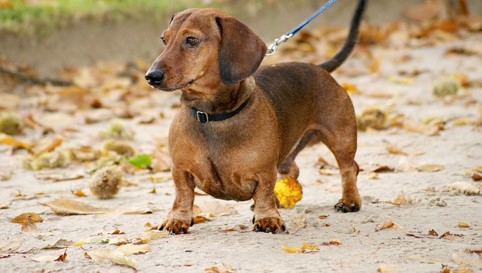
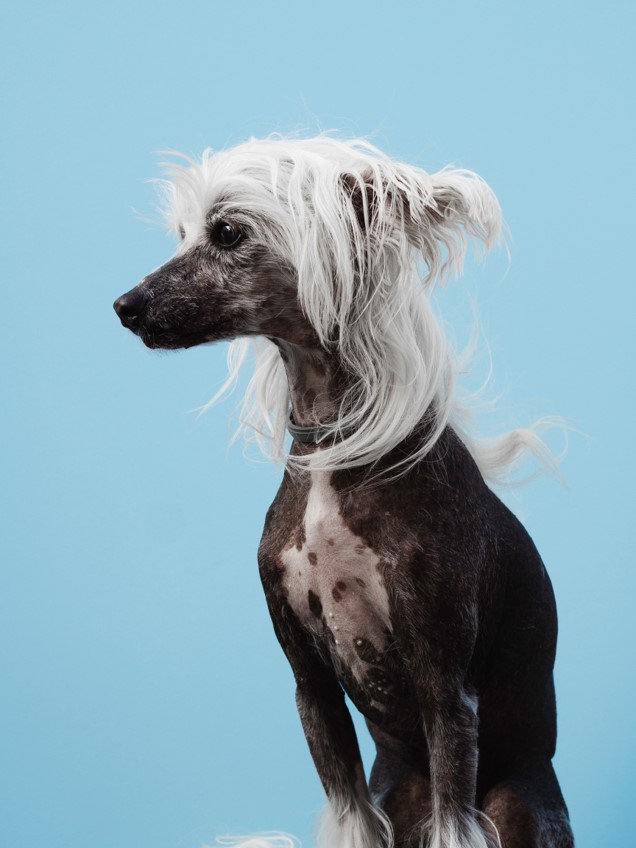
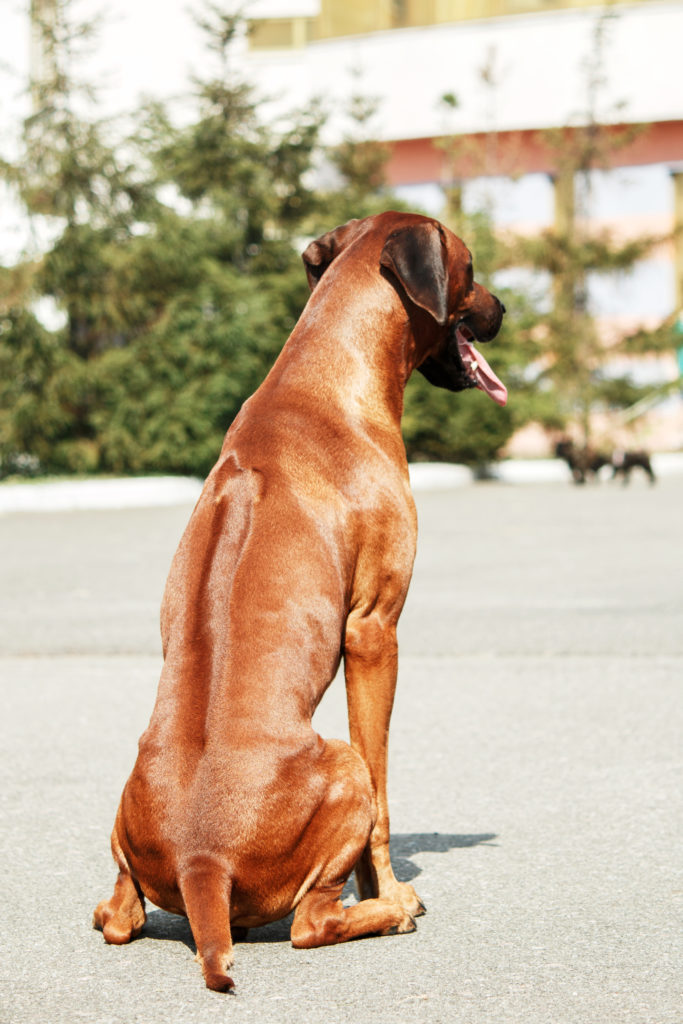
Mutations create genetic variation
As a result of mutations, there are usually several different forms of each gene in the animal population. These different forms of the gene are called alleles or variants. Differences between individuals of the same species arise not only from the regulation of gene function, which we discussed in the third lesson of the course, but also from this variation in alleles.
The existence of different alleles is called genetic variation and genetic diversity. The more different alleles there are in an animal population, the more diverse it is. When mutations create new alleles, they also increase the genetic variation.
Genetic variation allows adaptation
Genetic variation and mutations have allowed animal species and populations to evolve new and better traits, enabling them to adapt to new conditions as the environment changes. Natural selection has favoured individuals with alleles favourable to the prevailing environmental conditions. These individuals were the strongest and produced the most offspring, and their alleles become more common in the population.
Example of natural selection – the peppered moth
The peppered moth, which lives in industrial areas of England, is a good example of population change. Industrial pollution darkened the moth’s habitat, making the lighter moths more visible on tree trunks than the darker ones and therefore more likely to be eaten by birds. The darker moths survived and reproduced more often than their lighter counterparts. The previously rare dark colour became the dominant colour of pepper moths through natural selection. In the 1970s, soot pollution on tree trunks began to disappear and the moths gradually became lighter again.
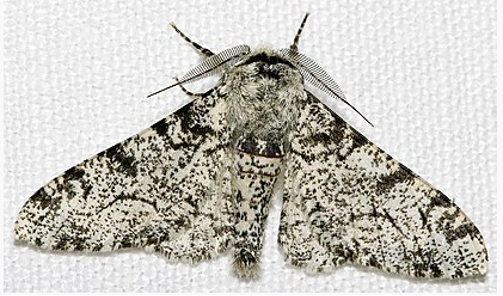
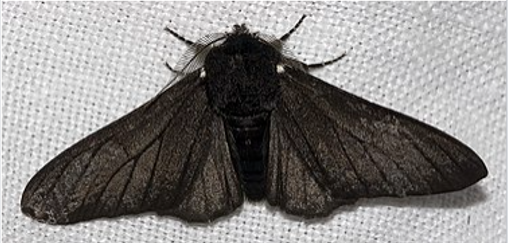

Genetic variation is also needed in animal breeding
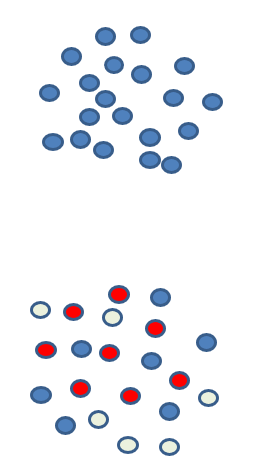
Genetic variation and different alleles are also necessary in animal breeding. Selective breeding is possible if there is genetic variation in the animal population. If all animals have the same alleles, no selection can take place and the traits remain the same from generation to generation.
Over the years, humans have modified the characteristics of domestic animals through selective breeding. Horses were bred for work and racing. Some working dogs have gradually become companion dogs when all the original utility traits were no longer needed.
Human choice has also favoured some specific features in the appearance of animals. Some traits have been bred to be so extreme, that they can be detrimental to an animal’s welfare and vitality. Extreme traits have been bred in both pets and farm animals.
What have we learned?
- Mutations have created several different forms of each gene in animal populations. These different forms of the gene are called alleles or variants.
- Genetic diversity is the diversity of alleles.
- Genetic variation has allowed animal species and populations to evolve new and better traits, enabling them to adapt to new conditions as the environment changes.
- Similarly, animal breeding is only possible if there is genetic variation in the population being bred.
References / further reading
Thompson 2021: Ancient DNA points to origins of modern domestic horses.
Jonathan Webb 2016: Famous peppered moth’s dark secret revealed.
Florio et al. 2016. A single splice site mutation in human-specific ARHGAP11B causes basal progenitor amplification. Sci Adv. 7;2(12):e1601941. doi: 10.1126/sciadv.1601941.
Librado et al. 2021. The origins and spread of domestic horses from the Western Eurasian steppes. Nature 598, 634–640 (2021). https://doi.org/10.1038/s41586-021-04018-9.
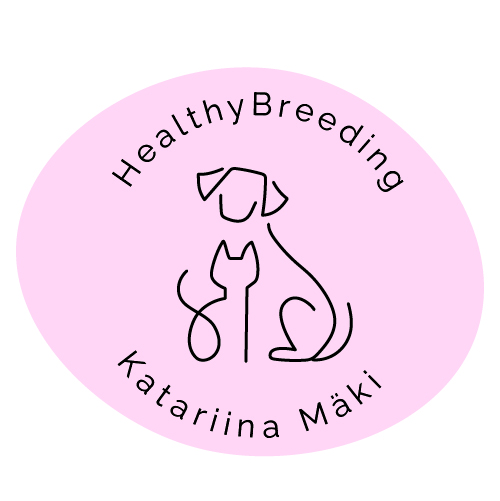
Leave a Reply
You must be logged in to post a comment.